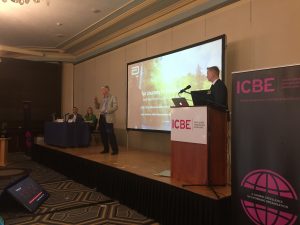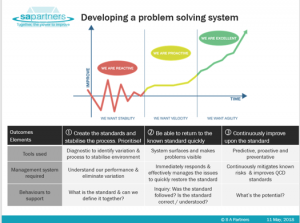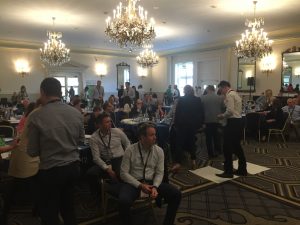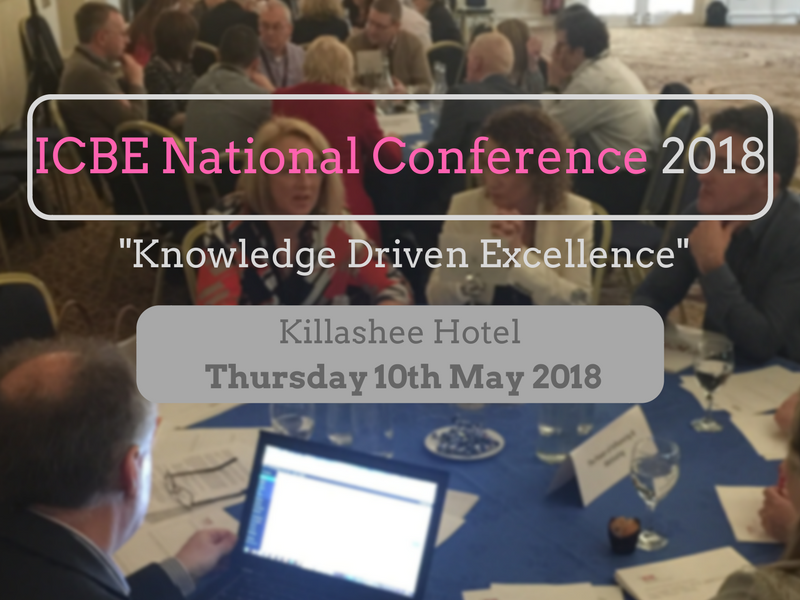John Quirke, SA Partners
 Two common themes come up when we review how businesses approach problem solving.
Two common themes come up when we review how businesses approach problem solving.
One. The lack of a joined up system to enable effective problem solving across the business.
And two. The level and quality of process focus within the organisation.
Given the development of enterprise excellence thinking, those organisations that achieve consistent levels of sustainable excellence are hard wired to think in core business systems and the behaviours those systems need to support.
In his presentation John asked the audience a series of questions.
- How many have standard approach problem solving?
- How many have visual management boards in their work areas?
- Is there a good quality problem solving visible on those boards and is it current to the ‘now’?
- Do you see the same systems and practices at the senior management levels, and are leaders consciously coaching for good behaviours to support effective problem solving?
John pointed out that we need different ‘heads on us’ when we approach problems depending on the ‘Lean maturity’ of the organisation. If we are in a place where there is constant firefighting and we cannot predict outcomes with confidence then our problem solving focus is on identify standards and finding new ways for the process to ‘speak to us’ so we can understand better what is going on. In more mature organisations the focus becomes prediction and likelihood and also questions around what is possible? Or, what if?

In problem solving there is a tendency to focus on the tool not the overall systems and a the behaviours needed.
A second problem is the level and quality of process focus.
In order to demonstrate this John asked the group to carry out a card experiment where attendees attempted to drop a card onto a flipchart size sheet of paper. Following the standard process almost none of the tables got the card on to the sheet. John then went through the ‘normal’ problem solving activity and the way organisations can jump to solutions without really understanding what is at the core of the process.
 Using the same standard conditions with one slight change (how the card is held) John demonstrated the problem related to the control of the aerodynamics of the card’s flight to the target area. John explained that by understanding the aerodynamics of the cards flight and what was need to ensure a perfect flight, we could then create well thought out standard work documents that are truly applicable to the process and will ensure consistent predictable results.
Using the same standard conditions with one slight change (how the card is held) John demonstrated the problem related to the control of the aerodynamics of the card’s flight to the target area. John explained that by understanding the aerodynamics of the cards flight and what was need to ensure a perfect flight, we could then create well thought out standard work documents that are truly applicable to the process and will ensure consistent predictable results.
His advice was we need to focus on experimentation and curiosity to allow the development knowledge which enables us to better investigate what is happening in the processes.
Problem solving should be a learning experience a discovery. Sometimes we are finding things and solving problems that nobody has solved before. The quality of the documentation controlling this problem the story telling around how we discovered and controlled it in a way is our legacy.
In order to achieve this, we need to connect with and enable our innate human intuitiveness. The stone age did not end because we ran out of stone! Homo Sapiens is hard wired to prod, poke, investigate, grunt ‘why’. and then work as tribe to make things better. This is what we are.
